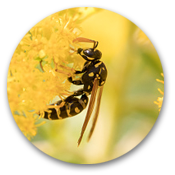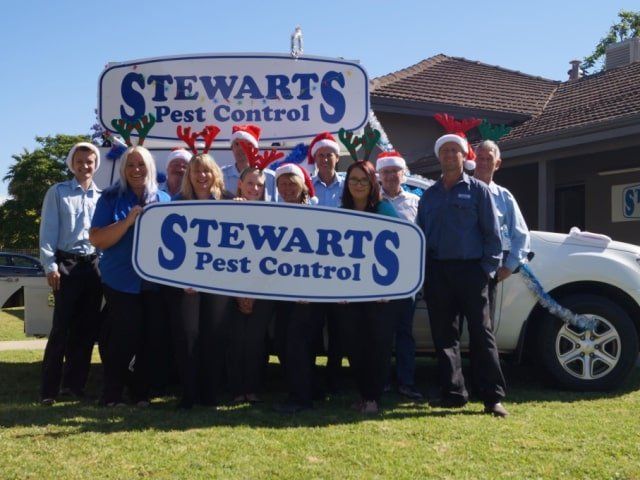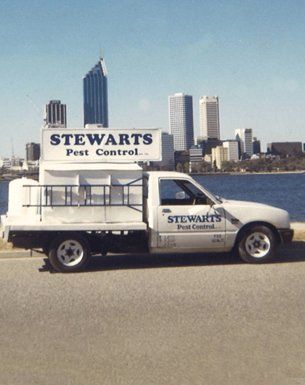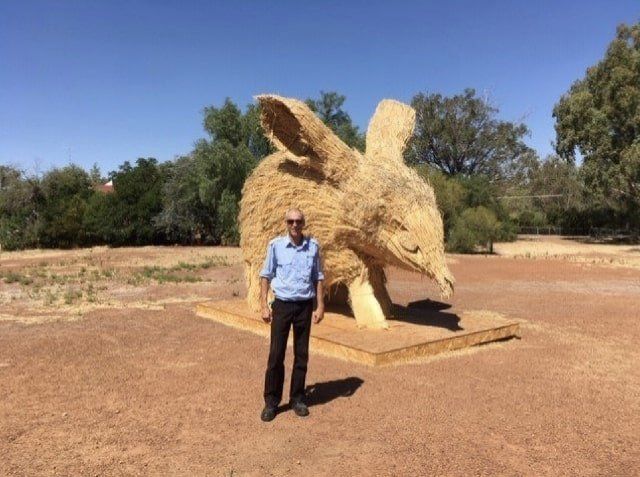Wasp Nest Removal and Control Perth
FAQs
- Are bees and wasps dangerous?
Yes. Both bees and wasps can be dangerous as either species can sting. If you have an allergy to stings, then this could be potentially fatal if the sting induces anaphylaxis.
If you have a beehive or a wasps nest on your property, then you are at risk of being stung by multiple bees or wasps at once. If you notice that you have an infestation, then you should stay well away from the nest or hive and do not provoke them in any way. For wasp removal, Perth is always best to seek professional assistance.
- What is the difference between bees, wasps and hornets?
While bees, wasps, and hornets may appear similar and can all sting, they are quite different.
Bees pollinate plants and create honey. They live in complex hives which they make out of honeycomb. They are slightly furry in appearance. Bees can only sting once as using their sting will kill them, for this reason, they will only sting if they feel under threat.
Wasps make their nest out of wood, which they chew up and spit out to build walls. Wasps are carnivores and lay eggs in their prey using their sting (don’t worry though as humans are not prey, and they do not lay eggs inside people when they are stung). European wasp removal Perth should be carried out by a professional such as Stewarts Pest Control.
Hornets are a slightly different species of wasps. They are somewhat rounder in appearance to wasps, and they are less aggressive. They behave similarly, can be found in similar nests, and are treated in the same manner. Hornets and wasps differ from bees in the fact that they can sting repeatedly.
- How do you get rid of a beehive or a wasp nest?
If you have a beehive or a wasps nest, do not try and get rid of it yourself as you may upset the bees or wasps and end up getting severely stung. For bee removal Perth, call Stewarts Pest Control, and we will professionally and safely remove the nest or hive.
We have the necessary safety gear to ensure that the hive or nest is removed in its entirety safely.
Different kinds of wasps:
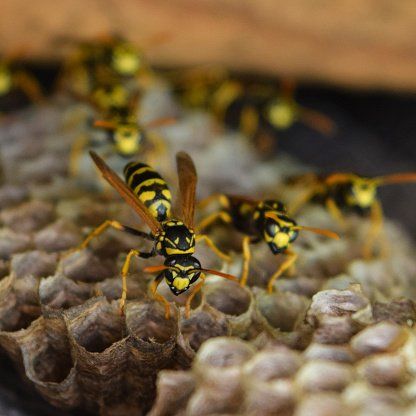
- Yellow Papernest Wasp
Papernest wasps are more active in spring and summer months and they usually fly during the day. The Yellow Papernest wasp, Common Papernest wasp and the European wasp are all very similar in their size and shape. The Yellow papernest wasp is yellow and black and can be confused with the European wasp.
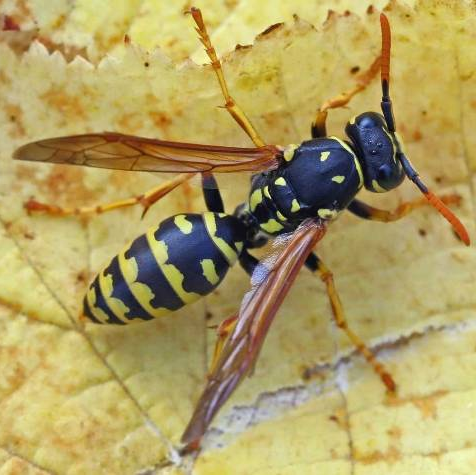
- Common Papernest Wasp
The Common Papernest wasps nest is usually visibly hanging from a tree branch, window frame or the eves of a house. The Yellow papernest wasp nests are often hidden. These nest have a grey papery appearance and us usually in an oval shape.
Papernest wasps will usually not attack animals or people unless provokes and can sting a victim more than once. If people are getting stung or the nest is likely to be disturbed, then its best or have Stewarts treat the nest for you. To find out more information please contact us.
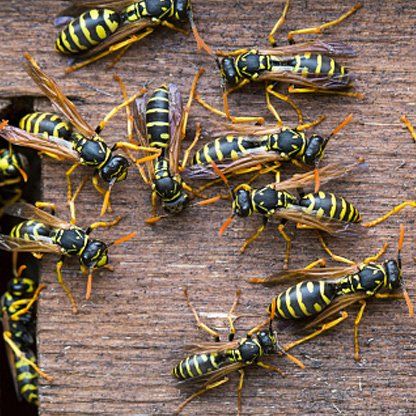
- The European wasp
The European wasp is more active in the warmer months, but can be active all year round. These wasps would have to be one of the most dangerous wasps in Western Australia.
Like the paperwasp the European wasp can sting their victim more than once and each time the wasp stings its victim it injects venom. This can have a painful reaction. This wasp loves to feed on your pet’s food.
Their nests are always concealed and may be underground, in a hollow of a tree, in a wall cavity or in the rood of a house. These wasps may travel far away their nest in search of food and water. They are attracted to sweet things and meat.
Accidental deaths have occurred when the wasp has found its way into an open drink can and then unknowingly have been drunk. The wasp stings many times in the throat causing swelling which chokes the victim. When it is hot you can often find that these was[s will hang around sprinklers, pools, birdbaths and other sources of moisture.
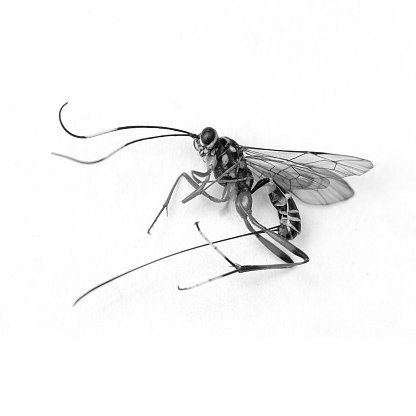
- The Evaniid Wasp (Roach family)
This little parasitic wasp is about 1/4 to 1/3 of and inch long. The wasps generally completely black but can be orange, brown or yellow. They do not sting or bit humans or pets.
This wasp lays their eggs inside the egg case off cockroaches. The female does this by penetrating to the tough skin of the egg case with her abdomen. Then she lays her egg inside the cockroach case. This process can take anywhere between fifteen minutes to half an hour to complete.
Once inside the larva feeds on a single egg then as it matures it attacks other roach eggs in the capsule. Because of how slow the process is there needs to be a high population of these wasps inside a building for there to be any affect on a cockroach infestation.
Unfortunately I am not aware of this particular parasitic wasp existing in Australian as yet. Although other parasitic wasps do exist in Australian this particular wasps is documented to be existing in America and Canada. I will continue to research this wasp and update this page accordingly.
